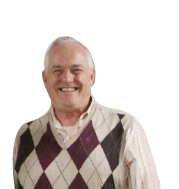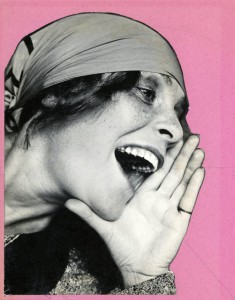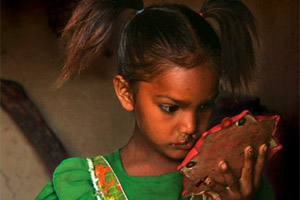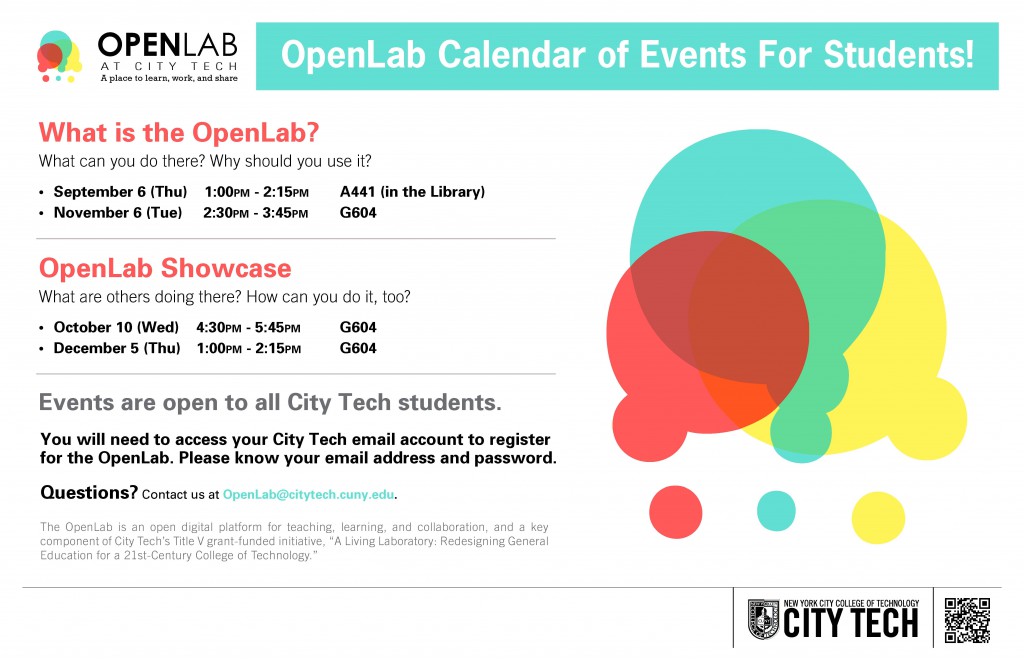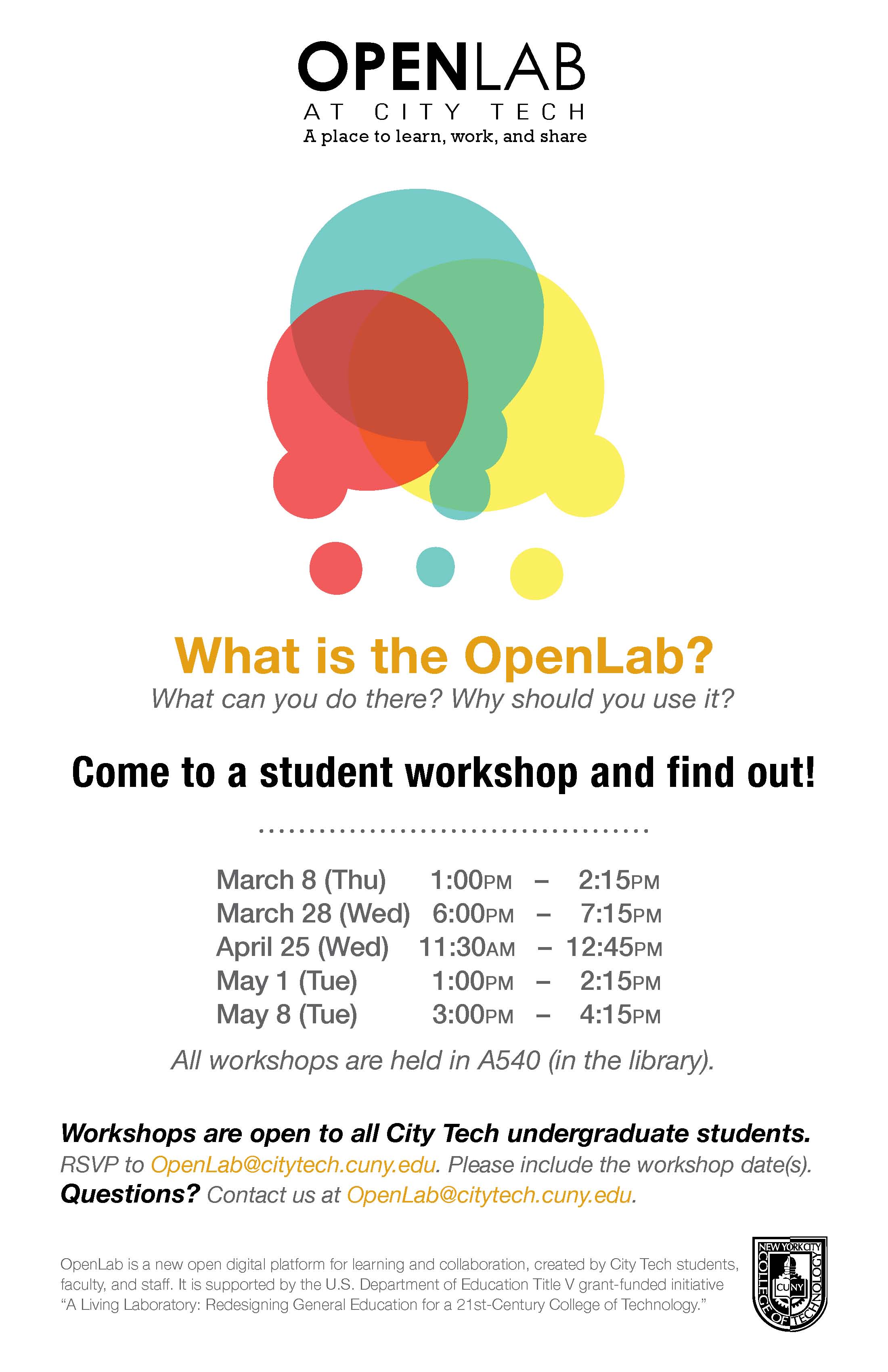Last November, the CityTech community was shocked to learn of the unexpected death of Professor Charles Hirsch, a dedicated professor in the English department and a vibrant member of the first faculty cohort of the Living Lab project. Charles Hirsch was a phenomenal teacher who thought carefully of student needs and how best to build community within the classroom and beyond. Professor Hirsch taught a wide range of courses from Developmental Reading to Advanced Technical Writing, and in each, he made students aware of how they connect and belong to larger communities. With a background in early education, he was exceptionally gifted as a teacher to students with developmental needs. This post captures some of the high-impact practices and place-based learning strategies of Professor Hirsch’s classroom with the hope that faculty will experiment with these techniques in their own classrooms.
To help build community within the classroom, Professor Hirsch used many different activities. In his remedial Reading class, the first day began with a playful icebreaker game of Bingo. Students received a Bingo card with boxes printed with quips such as “We do not have snow in my home country,” “I play the piano,” or “I live in the Bronx.” To play, students would go from one to another to obtain a student’s name and fill in the card until they could fill in a row to get Bingo, for which the prize was a dictionary. Though as Professor Hirsch noted, “the real prize is that students quickly get information about each other that can be conversation starters, the beginning of bonding in the classroom.”
Professor Hirsch used scavenger hunts to encourage students to become better acquainted with the college. Early in the semester, students were given a series of tasks to locate places and services around the college. Professor Hirsch’s idiosyncratic style was reflected in his questions, including “Name three types of books shelved on the second floor of the library”; “Find the Information Office. What kind of information do they offer?” Students returned with answers to questions and items from various locations. The completion of these tasks gave students a better sense of their college as well as a handy guide to the university’s amenities and services. The scavenger hunt was used to nurture connections between students as they went off in search of information and objects; and it fostered the connection between students and the college.
Field trips were used to highlight student connections to the larger community. Professor Hirsch set aside days to explore the lay of the land around campus. On one trip to the local public library branch, students were told, “we’re gonna read, that’s it.” Another day was set aside to explore Downtown Brooklyn after a lesson devoted to Walt Whitman. With images of Brooklyn flickering across the screen, students listened to the opening lines of Whitman’s Crossing Brooklyn Ferry:
Flood-Tide below me! I see you face-to-face. . .
Crowds of men and women attired in the usual costumes, how curious you are to me!
On the ferry-boats the hundreds and hundreds that cross. . .
As students recalled their own commute to school, Professor Hirsch surprised them with the unexpected request to pack their bags and join in a walk to the historical Brooklyn Ferry Landing. He once recalled how a transformation occurred as students who at first cheerful to leave the classroom slowly made personal connections to the Whitman lesson, they “quietly immersed themselves in their steps through history, the sense of place began to take over.” One of his students reflected, “I was proud to be in a place that a famous poet wrote about.”
Professor Hirsch frequently expounded how “any of these learning experiences are replicable.” He believed that high-impact practices and place-based learning should be fully integrated into the curriculum, not only to enhance our students’ learning experience, but “to generate exposure to what will become lifelong learning in their courses and careers.” His determination “to help students participate in their learning, and to belong” inspired the Living Lab fellows.
We all miss Charles, his infectious laugh, his pointed questions, his audible sighs, his brilliant depth of knowledge in so many things, and most of all, his friendship. Goodbye dear Charles.

